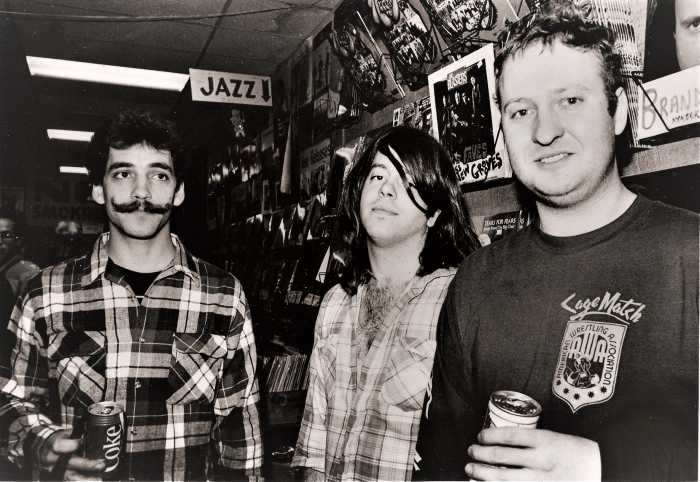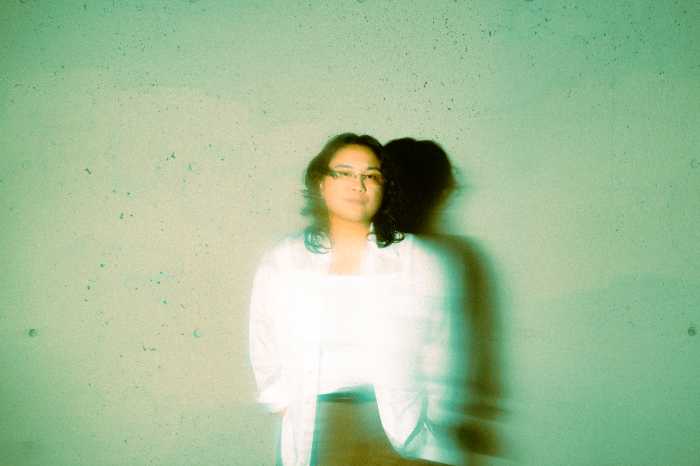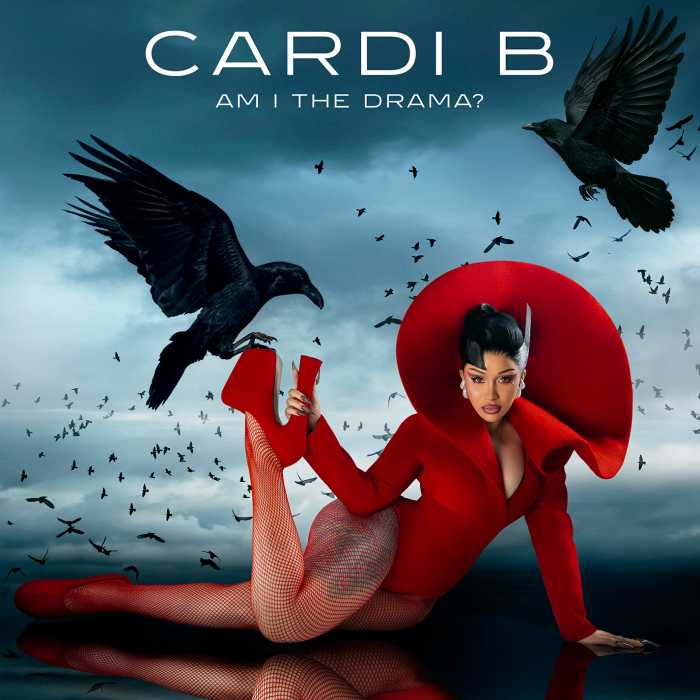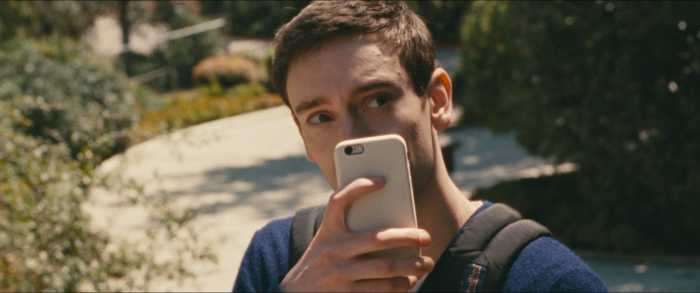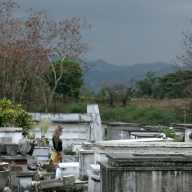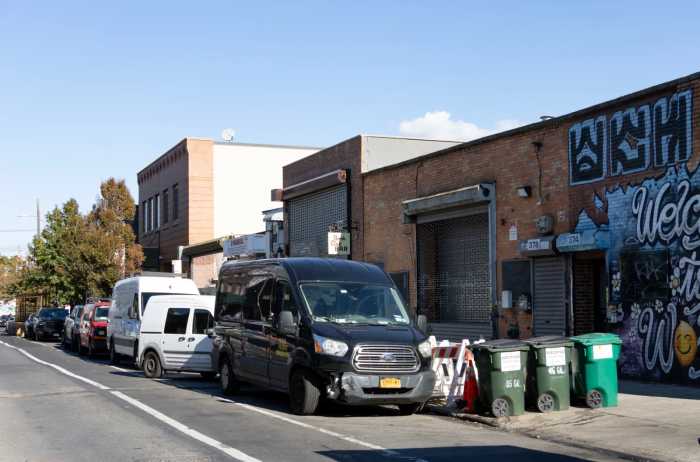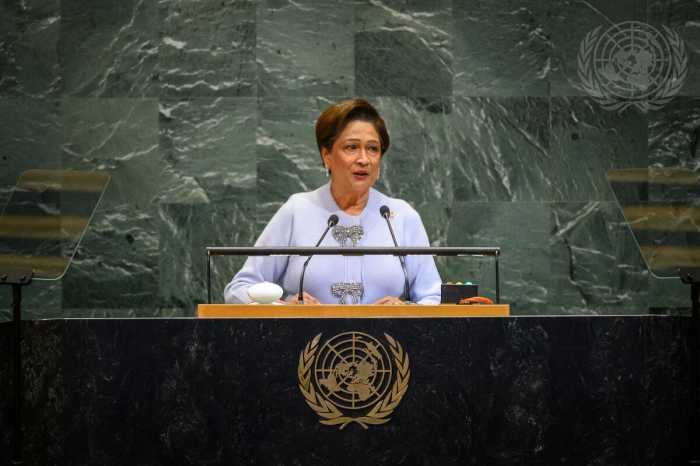BY DAVID SHENGOLD | DiCapo Opera's well-appointed, intimate theater underneath a church at 76th and Lexington regularly gets termed “a church basement” by lazy local press but the reality far exceeds that. DiCapo's performances fluctuate considerably in quality but regularly provide sound stagings of works like “L'amico Fritz” and “Street Scene;” next season promises the ambitious American premieres of Janacek's “Sarka” and Honegger's “Mort de Sainte Almenne.”
Lately the company has specialized in offering second hearings – often local premieres – of neo-Romantic works. Unfortunately – as was the case at the opening night of the New York premiere of Conrad Susa's 1994 “The Dangerous Liaisons” (February 21) — such scores strain DiCapo's weakest aspect, its thrown-together pick-up orchestras. Always better to attend late in the run!
Operatic romance sour and sweet at DiCapo and OONY.
Conductor Oliver Gooch did not make much headway with muddied strings and approximate brass; nor did he impose a line-based vocal approach on his generally talented singers, who all oversang, especially on top — not helpful in a small space.
There is merit both in Susa's intriguingly textured score and in Philip Littell's skillfully condensed libretto. One weakness was the overuse of big “Rosenkavalier”-style ensembles early on — several characters participate in them without having been properly introduced musically or dramatically. The transformation music from “Daphne” also lends a hand, in the first act finale.
First presented by San Francisco Opera in a striking Colin Graham production with a starry assemblage (Frederica von Stade, Thomas Hampson, Renee Fleming, Judith Forst, Johanna Meier, David Hobson, Mary Mills) under Donald Runnicles, the piece doubtless fares best under such conditions. But even with the reduced, iffy orchestra it made for an effective evening. Michael Capasso's production was intelligent and fluid with most all the cast — and certainly the three principals — acting very convincingly.
The central pair were aptly sexy and stage-worthy. Sarah Heltzel sang with clarity and force, occasionally forcing her lowest tones into harshness. Michael Chioldi (Valmont) exhibited a fine baritone and prodigious high notes at the expense of much sense of a flowing musical line. Madame de Tourvel's tricky high attacks reflect the young Fleming's extraordinary abilities; Anna Noggle, a moving figure, handled them quite capably.
Kristin Vogel, duly lyrical, made Cécile credible. Yvonne Bill (a mellow-toned Mme. de Rosamunde) and Lisa Chavez (Mme. de Volanges), whose mezzo showed pleasing definition and sheen, offered the most fully integrated performances vocally. The relative weakness was Richard Furman's adenoidal stick of a Danceny; even he improved after intermission.
February 27 proved a great night to be at Carnegie Hall, for Opera Orchestra of New York's concert of Bellini's endearing “La Sonnambula,” an opera not done at the Met since 1973. Dramatic matters here were in the capable, inventive hands of Ira Siff, who with a few choice props and some character-defining blocking, accomplished wonders in making the opera's rather silly story affecting.
His two romantic leads – Eglise Gutierrez and Dmitri Korchak – made very good use of the frame he provided to craft convincing performances while singing with admirable musicality and respect for bel canto traditions. I first heard the sensational Cuban soprano as Amina at AVA in Philadelphia in February 2001; it remains a role ideally suited to display her appealing temperament and remarkable technical mastery — trills, runs, a good messa di voce, wonderful piano singing, secure high notes up to a spectacular high F at the evening's end. Her tone has a touch of resin which may deter fans of rounded sound, but is often gorgeous at lower dynamics and — as Andrew Porter memorably wrote of another OONY favorite with an unconventional yet astonishing soprano, Mariella Devia – she sings with a love of beauty.
Korchak looked the callow youth Elvino must be and gave a remarkable demonstration of upper register ease – pianissimo high C, anyone? He commands the style well and must be one of the few Russians singing internationally to function effectively in Italian. How one wishes these two artists were on the Met's recently released DVD of “I Puritani”
Ferruccio Furlanetto got star applause at his entrance and his Count Rodolfo merited it. His was the largest, most pitch-secure instrument onstage, and he used it with full mastery to assert the Count's character — one bespeaking hierarchical privilege, but also informed humanism. Hope to see him locally in “Boris Godunov” and “Khoivanshchina” soon; for the moment, we have the Met's “Ernani” to look forward to.
Elizabeth Caballero showed an unusually full and glamorous tone for Lisa, the local vixen who tries her best to win Elvino back from Amina — a compelling actress who must be a potent Violetta. It was also a rare treat to hear both Lisa's little arias. As Laura Vlasak Nolen was ill, Gabriella Garcia stepped confidently into the foster mother role (Teresa), executing the stage business and ensembles well in a healthy-sounding mezzo. Alessio defines “the thankless comprimario part,” but Brian Kontes' firm bass did very honorably by it.
As ever, one appreciated Eve Queler's acting as impressaria for a fine evening; on the podium, she did not provide the pulse that would have kept the tension crackling between Bellini's exquisite set pieces.
David Shengold (shengold@yahoo.com) writes about opera for many venues.

